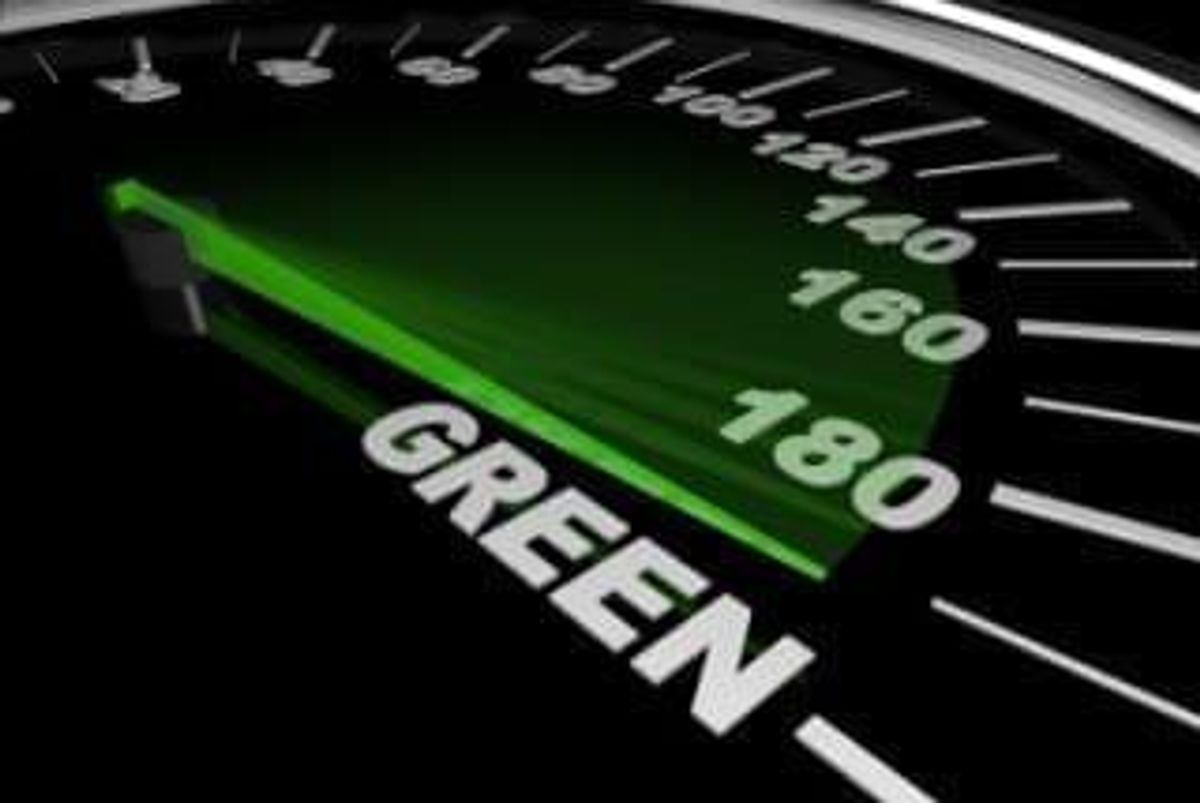- AustraliaNorth AmericaWorld
Investing News NetworkYour trusted source for investing success
- Lithium Outlook
- Oil and Gas Outlook
- Gold Outlook Report
- Uranium Outlook
- Rare Earths Outlook
- All Outlook Reports
- Top Generative AI Stocks
- Top EV Stocks
- Biggest AI Companies
- Biggest Blockchain Stocks
- Biggest Cryptocurrency-mining Stocks
- Biggest Cybersecurity Companies
- Biggest Robotics Companies
- Biggest Social Media Companies
- Biggest Technology ETFs
- Artificial Intellgience ETFs
- Robotics ETFs
- Canadian Cryptocurrency ETFs
- Artificial Intelligence Outlook
- EV Outlook
- Cleantech Outlook
- Crypto Outlook
- Tech Outlook
- All Market Outlook Reports
- Cannabis Weekly Round-Up
- Top Alzheimer's Treatment Stocks
- Top Biotech Stocks
- Top Plant-based Food Stocks
- Biggest Cannabis Stocks
- Biggest Pharma Stocks
- Longevity Stocks to Watch
- Psychedelics Stocks to Watch
- Top Cobalt Stocks
- Small Biotech ETFs to Watch
- Top Life Science ETFs
- Biggest Pharmaceutical ETFs
- Life Science Outlook
- Biotech Outlook
- Cannabis Outlook
- Pharma Outlook
- Psychedelics Outlook
- All Market Outlook Reports
Explaining Green Energy is Like Inventing a New Color

Many people still scoff at the term “green energy,” but it will be a key component of the energy mix moving forward.
By Gianni Kovacevic
Explaining the validity of green energy is tantamount to inventing a new color. Simply put, there are still many people who scoff at the very mention of the term, citing subsidies, sub-par economics or the ever-present concern of “what happens when the sun doesn’t shine or the wind doesn’t blow?”
However, in a recently published report, Bloomberg New Energy Finance refreshes its annual long-term global forecast for the future of energy, highlighting the importance of green energy. Using the expertise of 65 professionals from 11 countries, this report is a must-read for anyone even modestly interested in energy — as any active investor should be. In brief, the report states that to satisfy rising global demand for energy, $12.2 trillion will be invested in power plants by 2040, with renewables making up two-thirds of that investment.
The reality of green energy
To understand the growing importance of green energy, it’s important to appreciate how energy is created, transferred and utilized. The largest energy creation exercise in the world has been China, but that is only one pillar for this argument. Coal, as every environmentalist will tell you, has been the backbone of China’s baseload electricity-generating capacity; it sat at 825 GWs as of 2014 — for reference, Hydro-Quebec’s is 36.6 GWs fed from 61 generating stations, and BC Hydro’s is 12 GWs. China’s five-year plan to 2020 will see a further increase of 15 percent (127 GWs) in coal-fired electricity capacity; however, the greener and cleaner sources of wind and solar will see increases of 104 GWs and 73 GWs, respectively.
India, which based on Bloomberg New Energy Finance’s report will be the largest new creator of electricity, is aiming to implement some 100 GWs of solar energy to 2022. The majority of this goal will be met with private-public partnerships — we’ll see how that pans out, but what is clear is that the country plans to leapfrog from the conventional generate-and-distribute model, and instead empower citizens to be prosumers, or “behind-the-meter” adopters of electricity. India is going to be China 2.0, albeit at a far slower and more bureaucratically regulated pace.
It should also be noted that solar and wind energy — and green energy for that matter — are in fact technologies. Lately the speed at which conventional technology has multiplied has been 18 months or less, and the same is occurring in the fast-changing field of green energy. I can recall reading an article some months ago that said the world record in solar panel efficiency was exceeded three times in one week!
Transportation and green energy
Energy is only transferred three ways: via pipeline, transport (railroad, shipping, etc.) or electrical cables. China’s five-year energy plan is clearly anchored by electricity as a conduit. Moving to Europe, a German colleague of mine is involved with the DESERTEC Foundation, which is dedicated to raising awareness of the benefits of deserts as valuable sources of energy.
The future of transportation will also be facilitated by an electrical cord. Airplanes only use 1.8 percent of fossil fuels, and that will not change. The balance of transportation, however, will dramatically change in the coming decades. There is no reason why almost every railroad in the world could not be electric — in fact, many already are. Urban mobility requirements — garbage trucks, buses, postal carriers and the like — could, in theory, be electric (trust me, it’s coming!). About 87 million light vehicles are now sold every year, and they will have a higher amplitude as electric vehicles (EVs), mostly due to the fact that cost parity for 300-kilometer-range products will occur by 2020.
Furthermore, due to a coming explosion in battery enhancements (capacity, storage, charging and dissipation), this technology is sure to change, adding yet further adopters. It is by far more efficient to have one 200-MW, coal-fired power plant and electrify, on an ongoing basis, some millions of EVs, than to keep filling up with premium gasoline. That too will change as more and more people go “behind the meter” for their individual energy needs.
Green energy to benefit copper
Fossil fuels are important for societies around the world, and will continue to be so. That said, there will be long-term impacts on the extent to which fossil fuels are consumed in the coming decades.
The key point is that in this new energy renaissance, the biggest beneficiary of green energy will be copper. As a rule of thumb, it takes between three and five times more copper per MW of energy capacity or utility when it comes to greener energy. Copper is remarkable, infinitely recyclable and most importantly, irreplaceable anytime energy is created or utilized without fossil fuels. Now that is a color worth remembering.
Gianni Kovacevic fascinates audiences with his artful storytelling and picturesque analysis, making complicated theories interesting and far more understandable. His recently published book, “My Electrician Drives a Porsche?,” inspires readers to become enlightened participants in the unstoppable trends of changing demographics and technology, and in turn, the importance of being a realistic environmentalist. By illustrating what makes this combination factually possible, and how it affects many aspects of our daily lives, his goal is to create a ripple effect by empowering his fellow global citizens to embrace sensible development practices. Sharing his time between Vancouver and various European cities, he is fluent in English, German, Italian and Croatian, and he has traveled the world extensively. Kovacevic also currently serves as executive chairman of CopperBank Resources (CSE:CBK).
Outlook Reports
Featured Base Metals Investing Stocks
Browse Companies
MARKETS
COMMODITIES
| Commodities | |||
|---|---|---|---|
| Gold | 2344.53 | -32.24 | |
| Silver | 27.94 | -0.52 | |
| Copper | 4.32 | +0.06 | |
| Oil | 85.45 | -0.14 | |
| Heating Oil | 2.68 | +0.02 | |
| Natural Gas | 1.77 | +0.01 | |
Investing News Network websites or approved third-party tools use cookies. Please refer to the cookie policy for collected data, privacy and GDPR compliance. By continuing to browse the site, you agree to our use of cookies.





